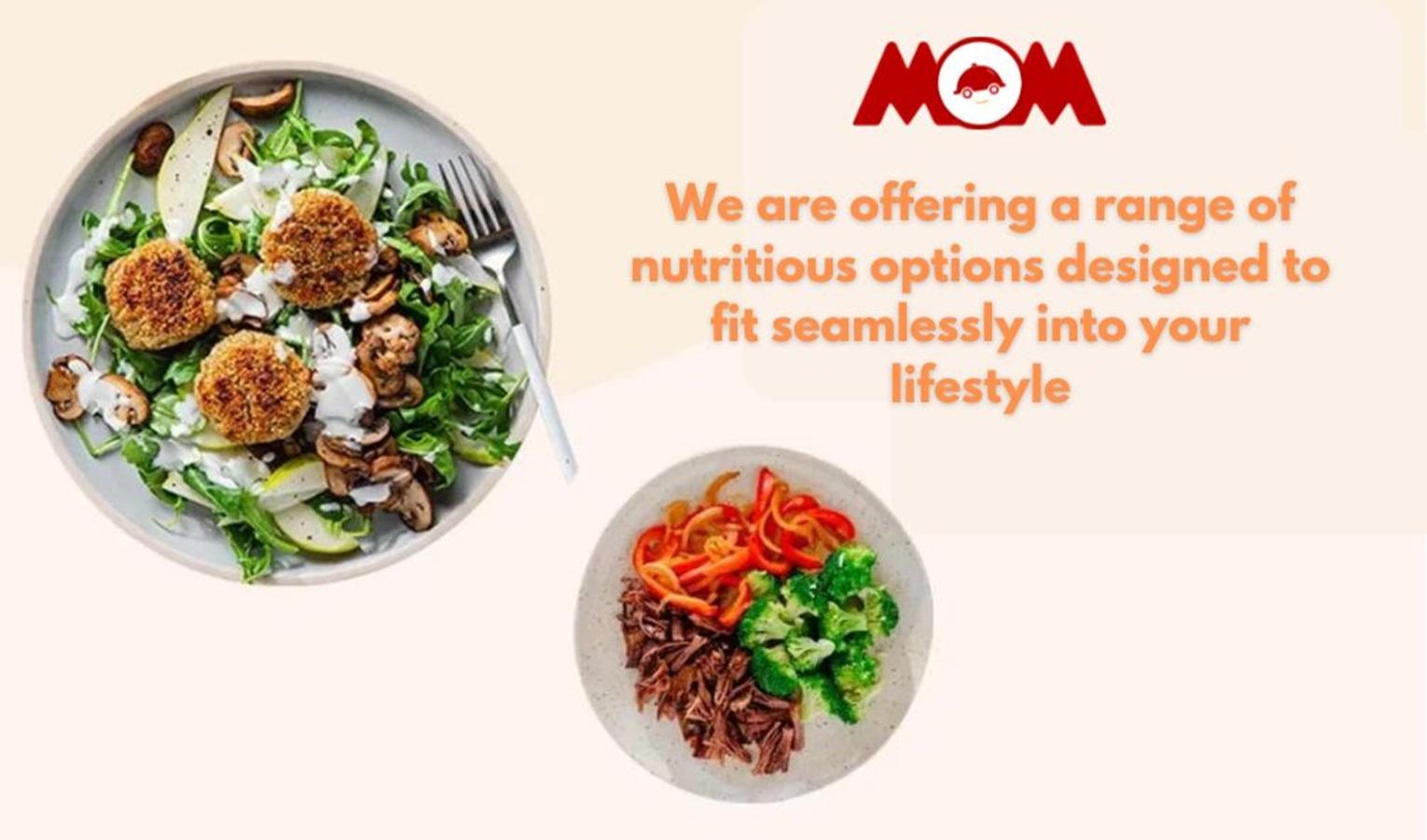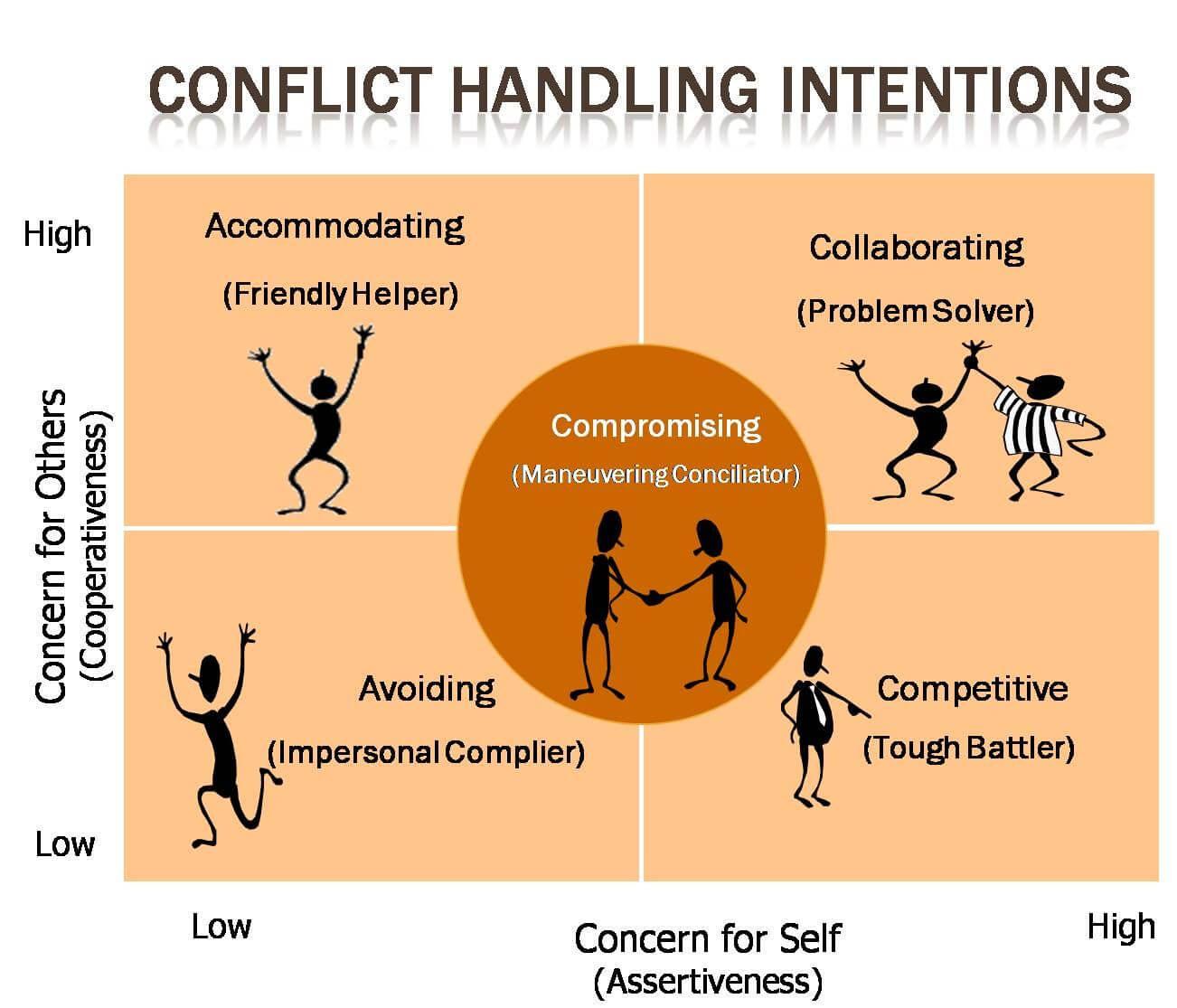Achieving fast weight loss is a goal for many, but the path to success requires a well-structured plan that is both effective and sustainable. Crafting a personalized diet plan is a crucial step in this journey, enabling you to shed pounds efficiently while maintaining your health and well-being. In this article, we will guide you through the essential components of designing a diet plan tailored to your unique needs and lifestyle. With a focus on balanced nutrition, portion control, and strategic food choices, you’ll be equipped with the knowledge and tools necessary to accelerate your weight loss journey. Let’s embark on this transformative process with confidence and clarity, ensuring that your path to a healthier you is not only swift but also safe and satisfying.
Crafting Your Caloric Deficit with Precision
Achieving fast weight loss with a diet plan requires meticulous attention to your caloric intake. Begin by calculating your Basal Metabolic Rate (BMR), which is the number of calories your body needs at rest. From there, factor in your daily activity level to determine your Total Daily Energy Expenditure (TDEE). To create a calorie deficit, aim to consume 500-1000 fewer calories than your TDEE, ensuring a safe and sustainable weight loss of about 1-2 pounds per week.
- Track Your Meals: Use apps or journals to keep a precise record of your daily caloric intake.
- Focus on Nutrient Density: Choose foods rich in vitamins and minerals but low in calories, such as leafy greens and lean proteins.
- Mind Portion Sizes: Use smaller plates or pre-portioned containers to avoid overeating.
- Stay Hydrated: Sometimes thirst is mistaken for hunger, so drink plenty of water throughout the day.
Remember, the goal is to create a manageable and effective caloric deficit that aligns with your lifestyle. Tailor your plan to fit your preferences, ensuring you can stick to it without feeling deprived or overwhelmed.

Choosing Nutrient-Dense Foods for Optimal Energy
When aiming for fast weight loss, the focus should be on selecting foods that provide maximum nutrients with minimal calories. This not only aids in shedding pounds but also ensures sustained energy levels throughout the day. Prioritize whole foods that are rich in essential vitamins and minerals. For instance, leafy greens like spinach and kale are excellent choices due to their high fiber content and low calorie count. Additionally, incorporate colorful vegetables and fruits, such as berries and bell peppers, which are packed with antioxidants and vital nutrients.
- Lean Proteins: Opt for sources like chicken breast, tofu, and legumes. These not only help in muscle repair but also keep you full longer.
- Healthy Fats: Avocados, nuts, and seeds provide necessary fats that support brain function and help maintain energy levels.
- Whole Grains: Foods like quinoa and brown rice offer sustained energy release, keeping you fueled for longer periods.
By focusing on these nutrient-dense options, you’re more likely to achieve your weight loss goals while maintaining the energy needed to tackle daily tasks and workouts.

Designing a Meal Schedule to Boost Metabolism
Creating a strategic meal schedule is crucial for enhancing metabolism and accelerating weight loss. Start by embracing the concept of frequent, smaller meals throughout the day. This approach keeps your metabolism active, as it continually works to digest and process nutrients. Consider implementing a schedule that includes a hearty breakfast, a balanced mid-morning snack, a satisfying lunch, an afternoon snack, and a light dinner. This not only prevents overeating but also ensures a steady supply of energy.
Focus on protein-rich foods and fiber-packed vegetables to fuel your body efficiently. Proteins are key players in boosting metabolism due to their high thermic effect, meaning your body uses more energy to digest them. Include items like lean meats, eggs, nuts, and legumes in your meals. Pair these with colorful vegetables to increase fiber intake, aiding digestion and promoting satiety. By mindfully structuring your meals, you can create a rhythm that not only supports your metabolic rate but also aligns with your weight loss goals.

Incorporating Hydration Strategies for Effective Weight Loss
In the quest for swift weight loss, integrating effective hydration strategies can be a game changer. Proper hydration not only supports metabolic processes but also aids in appetite control, making it easier to stick to your diet plan. Start by ensuring you drink a glass of water before each meal. This simple habit can help you feel fuller, reducing the likelihood of overeating. Additionally, staying hydrated can prevent misinterpreting thirst for hunger, a common pitfall that can lead to unnecessary calorie consumption.
Consider the following strategies to optimize your hydration:
- Set a Daily Water Goal: Aim for at least 8-10 cups a day, adjusting based on your activity level and environment.
- Infuse Your Water: Add slices of lemon, cucumber, or mint to make it more appealing, encouraging regular intake.
- Track Your Intake: Use apps or a simple journal to monitor your daily consumption and ensure consistency.
- Choose Water-Rich Foods: Incorporate fruits and vegetables like watermelon, cucumbers, and oranges to boost hydration levels.
By prioritizing hydration, you enhance your body’s ability to metabolize fat and maintain energy levels, all while supporting your overall health. Embrace these strategies to maximize the effectiveness of your weight loss journey.




